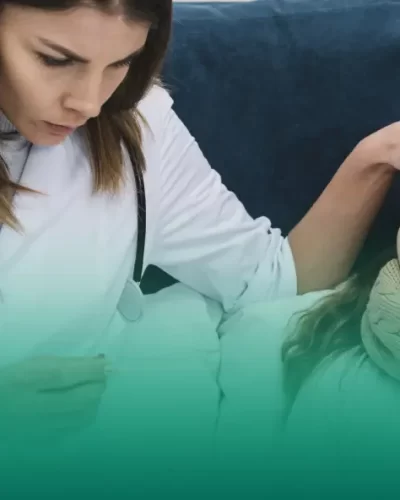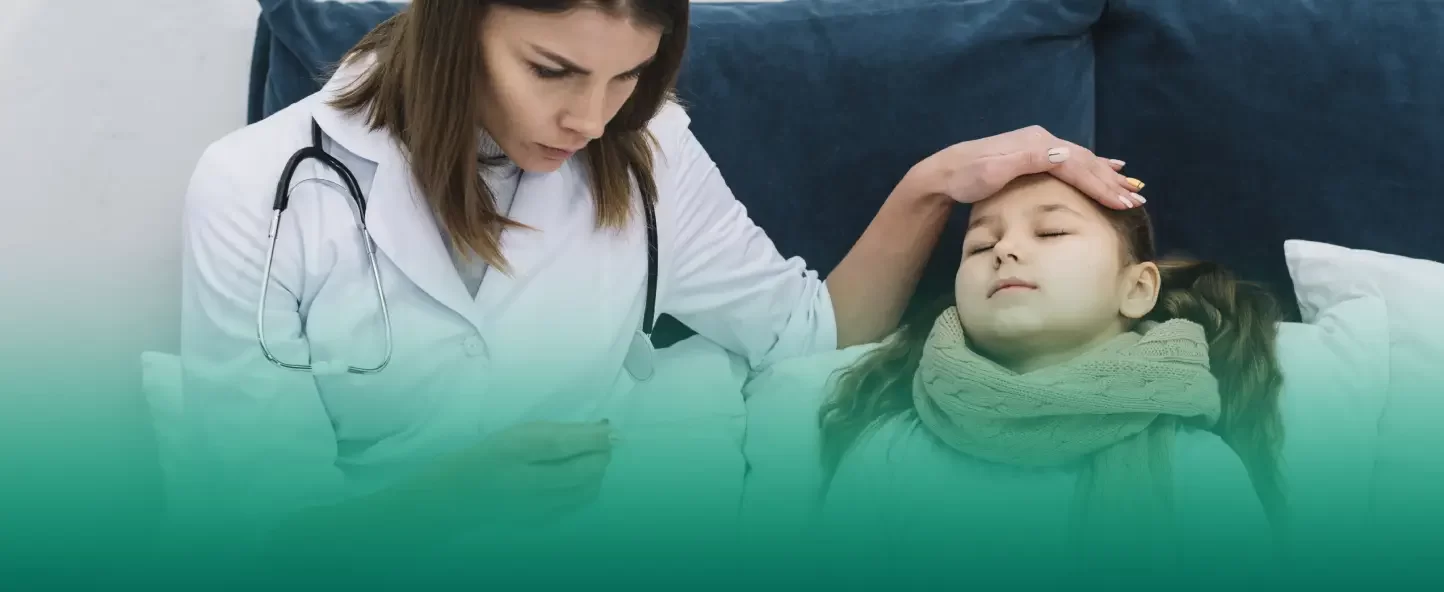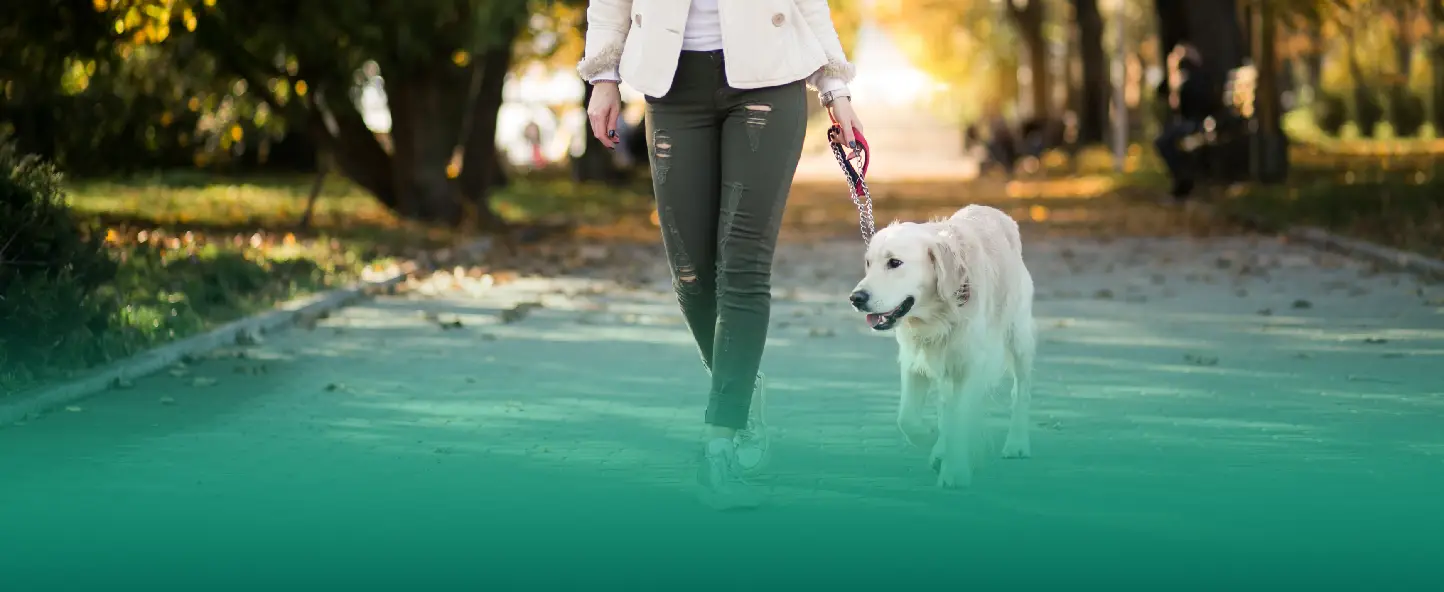ARVI
ARVI in children under one year of age can lead to serious complications, such as pneumonia and bronchitis, as well as inflammation of the small airways. One of the main signs of the disease is wheezing, but its presence is observed only in 25-40% of children. And only less than 2% of them require hospitalization. The infection usually lasts about one to two weeks, but in some cases it can last longer
Croup
Croup is a childhood disease caused by parainfluenza viruses. The main symptom of croup is a characteristic “barking” cough, which can be quite memorable. In children, croup can be severe, and up to 6% of cases require hospitalization for medical observation and treatment. Croup usually lasts for about a week, but sometimes symptoms can last longer. Approximately 6 in 100 children get croup each year, and it most often occurs in children under two years of age.
Scarlet fever
Scarlet fever is a condition in which a child develops a rash accompanied by pharyngitis. Typically, the child will have a sore throat and fever. The rash, characterized by a bright red hue and roughness to the touch, spreads throughout the body.
Previously, scarlet fever was considered a dangerous childhood disease, but modern antibiotics can effectively treat this condition. Scarlet fever is now seen more as one of the manifestations of the rash, which is successfully controlled by drug treatment.
Impetigo
Impetigo is a skin condition caused by a bacterial infection. It is the third most common skin disease among children, most often affecting children between the ages of 2 and 6 years. However, the condition is highly contagious and adults can also become infected.
Impetigo appears on the skin as small, itchy blisters or sores that eventually burst, releasing fluid and forming a characteristic honey-colored crust. Treatment for impetigo usually involves the use of antibiotics. Great care is required to maintain skin and environmental hygiene to prevent the spread of infection.
Whooping cough
Whooping cough is a contagious bacterial infection that can affect both adults and children, but is especially dangerous for little ones. Children may have such severe spasms during a coughing attack that it can lead to breathing problems. More than half of infants who develop whooping cough require hospital treatment.
Vaccination has significantly reduced the number of whooping cough cases, but the vaccine is no longer effective after 5 to 10 years, increasing the risk of recurrence in adults who can infect children.






